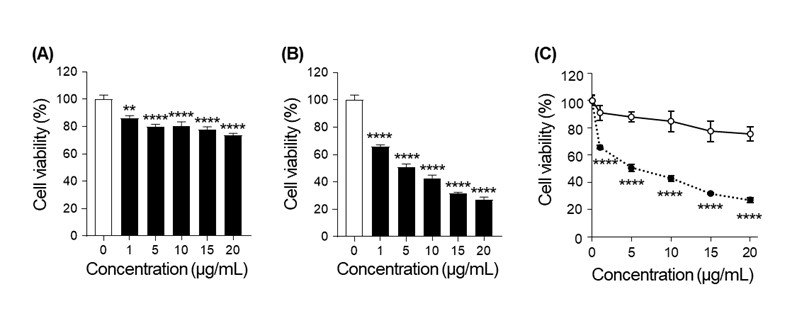2024-03-20 マックス・プランク研究所
<関連情報>
- https://www.mpg.de/21725781/0320-terr-harnessing-hydrogen-at-life-s-origin-153410-x?c=2249
- https://www.pnas.org/doi/10.1073/pnas.2318969121
鉄を含む水素によるフェレドキシン還元はフラビンベースの電子分岐の進化的前駆体として機能する Ferredoxin reduction by hydrogen with iron functions as an evolutionary precursor of flavin-based electron bifurcation
Max Brabender , Delfina P. Henriques Pereira , Natalia Mrnjavac , +7, and William F. Martin
Proceedings of the National Academy of Sciences Published:March 21, 2024
DOI:https://doi.org/10.1073/pnas.2318969121

Significance
In the most ancient biochemical pathway known—the reductive acetyl-CoA pathway—the energy to fix CO2 comes from geochemically produced H2 gas, not from the sun. Cells that fix CO2 with H2 require an energetic trick: They split the electron pair in H2, boosting the energy of one electron at the expense of the other to charge an ancient protein called ferredoxin with electrons. That requires enzymes and cofactors. How was ferredoxin charged before enzymes and cofactors arose? In alkaline, H2-producing hydrothermal systems, the electron-donating potential of H2 can reduce ferredoxins but requires the presence of a transition metal. We show that in water, raw iron will transfer electrons from H2 to ferredoxin, uncovering a missing link in early metabolic evolution.
Abstract
Autotrophic theories for the origin of metabolism posit that the first cells satisfied their carbon needs from CO2 and were chemolithoautotrophs that obtained their energy and electrons from H2. The acetyl-CoA pathway of CO2 fixation is central to that view because of its antiquity: Among known CO2 fixing pathways it is the only one that is i) exergonic, ii) occurs in both bacteria and archaea, and iii) can be functionally replaced in full by single transition metal catalysts in vitro. In order to operate in cells at a pH close to 7, however, the acetyl-CoA pathway requires complex multi-enzyme systems capable of flavin-based electron bifurcation that reduce low potential ferredoxin—the physiological donor of electrons in the acetyl-CoA pathway—with electrons from H2. How can the acetyl-CoA pathway be primordial if it requires flavin-based electron bifurcation? Here, we show that native iron (Fe0), but not Ni0, Co0, Mo0, NiFe, Ni2Fe, Ni3Fe, or Fe3O4, promotes the H2-dependent reduction of aqueous Clostridium pasteurianum ferredoxin at pH 8.5 or higher within a few hours at 40 °C, providing the physiological function of flavin-based electron bifurcation, but without the help of enzymes or organic redox cofactors. H2-dependent ferredoxin reduction by iron ties primordial ferredoxin reduction and early metabolic evolution to a chemical process in the Earth’s crust promoted by solid-state iron, a metal that is still deposited in serpentinizing hydrothermal vents today.


